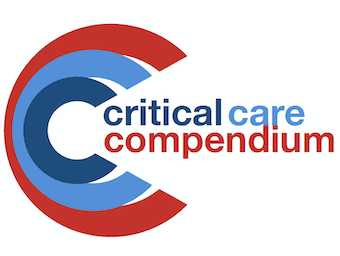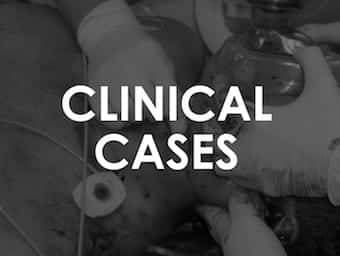
Non-rebreathing Oxygen Mask
Non-rebreathing (NRB) Oxygen Mask; delivery of high FiO2 in the spontaneously breathing patient

Non-rebreathing (NRB) Oxygen Mask; delivery of high FiO2 in the spontaneously breathing patient

Oropharyngeal Airway (OPA): Lifts the tongue off the posterior pharyngeal wall to prevent airway obstruction; bite block; assist oropharyngeal suctioning; promotes moulding of the face of a mask for manual ventilation

Laryngoscope - device used to visualise the vocal cords to facilitate intubation

High-flow nasal cannula aka heated humidified HFNC or high floe nasal prongs used in cases of hypoxic respiratory failure

Much to our disgust EMCrit beat us to this one, hands down. But, given that the bougie is my favourite piece of kit and best buddy in the resus room, I’ve gone ahead and reposted these videos on LITFL. They…

OK people, time to share. Following on from befriend the bougie! @MDaware shared a great tip about using the bougie to assist in intercostal catheter placement in obese patients. Indeed, I suggested that the bougie is so fantastic, if there…

Apnoeic oxygenation is used to extend the 'safe apnoea time' beyond that which can be achieved by preoxygenation alone

Massive GI hemorrhage presents multiple challenges during intubation: obscured view of vocal cords; risk of aspiration; risk of haemorrhagic shock and haemodynamic instability; risk to staff from contact with body fluids

AIRWAY ADJUNCTS Oropharyngeal Airways Nasopharyngeal Airways Facemasks LMA INTUBATION EQUIPMENT Laryngoscopes Tracheal Tubes ANAESTHETIC BREATHING SYSTEMS AYRE’S T-PIECE WITH JACKSON REES MODIFICATION BAIN SYSTEM CIRCLE ABSORPTION SYSTEM Mechanical Ventilation References and Links

Paediatric Rapid Sequence Intubation. RSI is used to secure the airway quickly with an endotracheal tube and to prevent chance of regurgitation and aspiration

Airway exchange catheter; aka airway exchange guide; examples include the Cook Airway Exchange Catheter and the Aintree Intubation Catheter

Post-intubation hypoxia can be rapidly fatal without early intervention, which requires a structured approach to concurrently identifying and treating the underlying cause